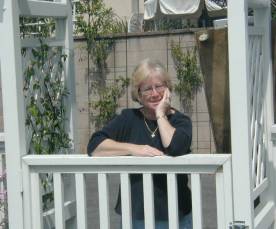College Students' Perceptions Of Libraries and Information Resources: A Report to the OCLC Membership
Perceptions of Libraries and Information Resources (2005) summarized the findings of an international study on information-seeking habits and behaviors. OCLC staff in the Market Research Team developed the concept of this project and commissioned Harris Interactive, Inc. to survey the information-seeking behaviors of a wide range of people throughout the world. Over 3,000 responses were collected from Australia, Canada, India, Singapore, the United Kingdom and the United States.
A subset of this study was analyzed extracting the college student responses in regard to the following items: Library use, Awareness and use of library electronic resources, The Internet search engine, the library and the librarian, Free vs. for-fee information, and The “Library” brand.
With extensive input from hundreds of librarians and OCLC staff, the OCLC Market Research team developed a project and commissioned Harris Interactive Inc. to survey a representative sample of information consumers. In June of 2005, over 3000 responses were collected from individuals in Australia, Canada, India, Singapore, the United Kingdom and the United States.
"The findings indicate that information consumers view libraries as places to borrow print books, but they are unaware of the rich electronic content they can access through libraries. Even though information consumers make limited use of these resources, they continue to trust libraries as reliable sources of information." (report summary on http://www.oclc.org/reports/perceptionscollege.htm)
I requested that OCLC look at the community college segment of this study to see if there was a statistical sample that is viable so that an analysis of community college student perceptions can be done.
----------------------------------------------------------
10/2/2006
Note: The demographics that Harris Interactive collects about
survey respondents does not have that level of granularity. Respondents
only indicate if they are participating in post-secondary education.
Also, the US system of community colleges isn't duplicated exactly in
other countries. This was an internation survey.
The survey did not ask any of the questions about any
particular library. Respondents were asked, at the beginning, to answer
with the library they had used most recently in mind.


